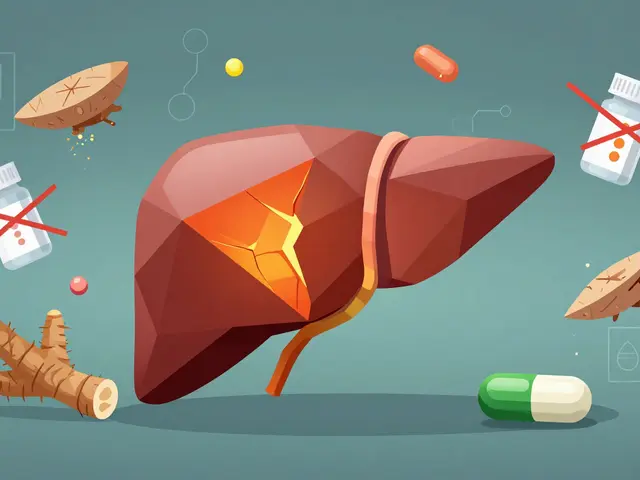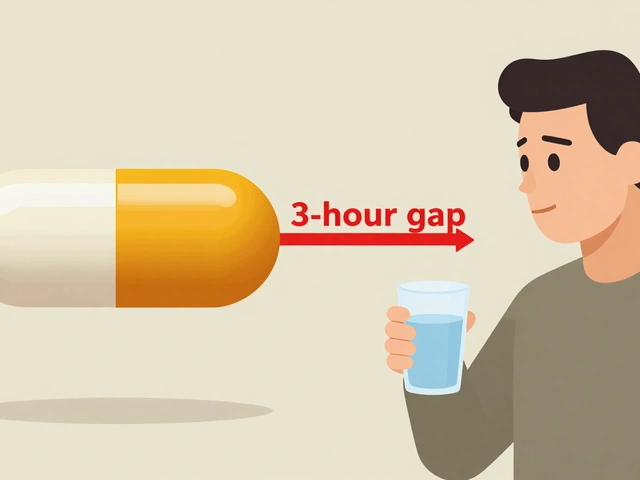Syphilis test: what to know and what to do
Syphilis cases are climbing in many areas, and testing is the fastest way to protect yourself and partners. A syphilis test is usually a simple blood draw or a rapid finger-prick. Knowing the types of tests, the window period, and what to do with results saves time, stress, and prevents complications.
How tests work and what they show
There are two main test families. Non-treponemal tests like RPR and VDRL look for general antibodies that the body makes early in infection. They’re cheap and used for screening, and results include a titer number that helps track treatment response. Treponemal tests (TP-PA, FTA-ABS, EIA) detect antibodies specific to the syphilis bacterium. Treponemal tests usually stay positive for life after infection and are used to confirm a diagnosis.
Labs often run a screening test first. If it’s reactive, they confirm with a treponemal test. Some clinics use the reverse algorithm: treponemal test first, then non-treponemal for activity. Rapid point-of-care tests give results in about 20 minutes and are useful at outreach events, but reactive quick tests typically need lab confirmation.
Expect a window period. Antibodies usually appear a few weeks after exposure. If you test too early, a negative result doesn’t fully rule out infection. If you suspect recent exposure, repeat testing at 4–6 weeks and again at three months catches most cases.
Where to get tested and what to expect
You can get tested at sexual health clinics, community health centers, Planned Parenthood, primary care offices, or through private labs ordered online. Many public clinics offer free or low-cost, confidential testing. Home kits exist—prefer ones that send blood to a certified lab rather than only relying on visual strips.
If a screening test is reactive, you’ll need confirmatory testing and follow-up with a clinician. Treatment is usually a course of penicillin, which cures syphilis at any stage when given correctly. Pregnant people must get treated right away because untreated syphilis can seriously harm the baby.
After treatment, doctors monitor non-treponemal titers at 3, 6, and 12 months to confirm the infection is falling. A fourfold drop in titer usually means treatment worked. If titers don’t decrease, further evaluation or retreatment may be needed. Tell recent sexual partners so they can get tested and treated. Avoid sex until your provider confirms you’re no longer infectious.
False positives can happen with other infections, autoimmune disease, or recent vaccines, so confirmatory testing matters. If cost or privacy is a concern, search for local public health clinics or reputable online lab services that provide clear instructions and follow-up. Testing early, repeating when advised, and finishing treatment are the simplest steps to protect your health and others.
As a blogger, I've come across many questions regarding syphilis testing. In this summary, I want to provide you with everything you need to know about it. Syphilis tests are crucial for early detection and treatment of the infection. These tests mainly include blood tests, but sometimes other methods like swabs and spinal fluid tests are used. Remember, it's essential to get tested if you suspect you may have been exposed to syphilis, as early treatment can prevent long-term complications.
Continue reading...





